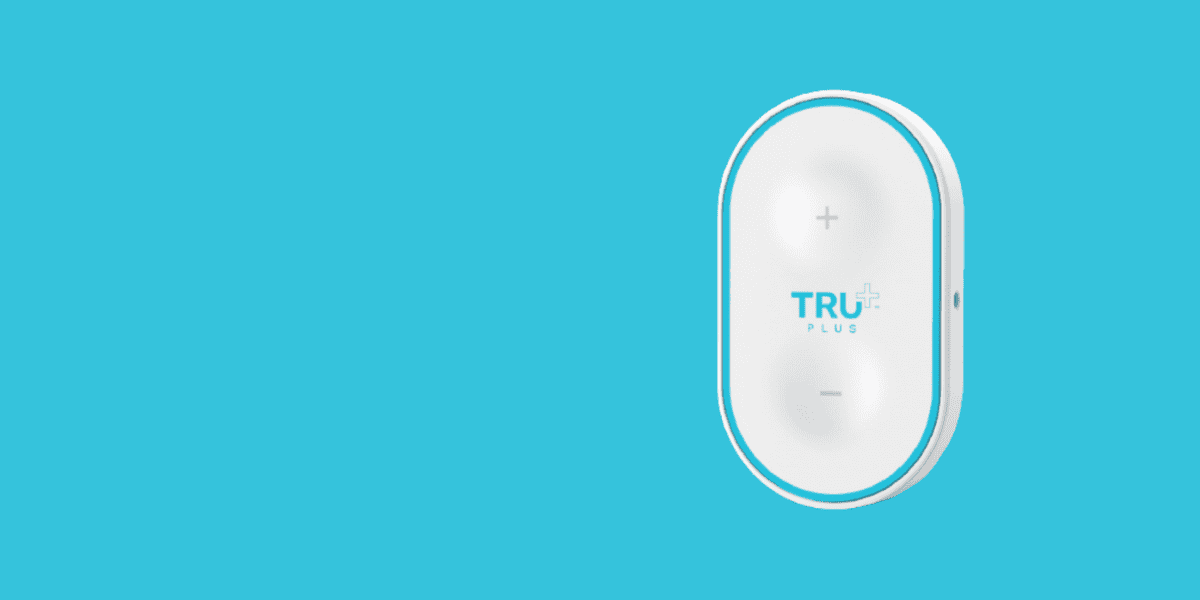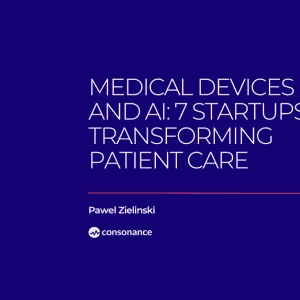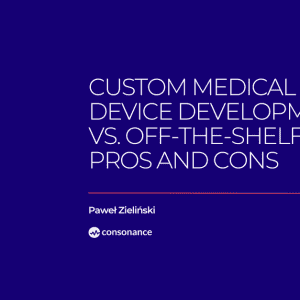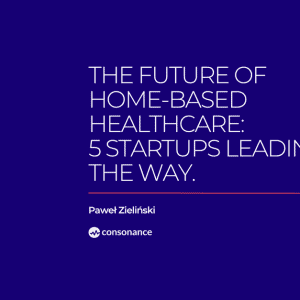Stop Confusing MedTech Product Development With Engineering
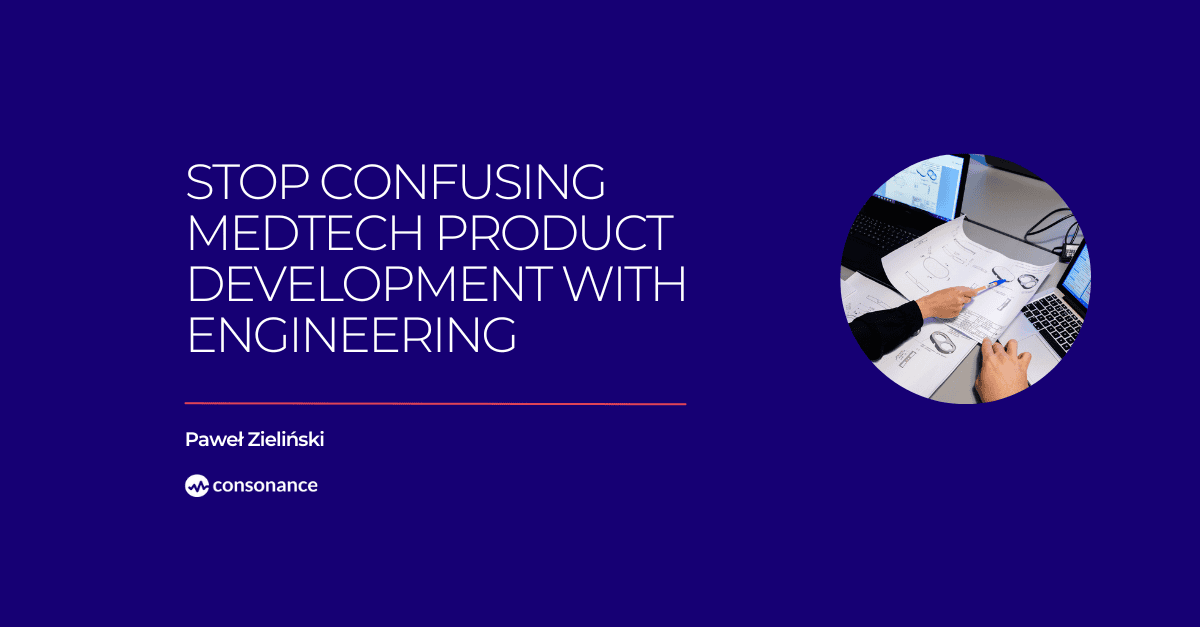
MedTech startups commonly say, “We’re developing the product!” – when the team is actually knee-deep in coding, CAD design, or PCB layout. While engineering is a crucial component, MedTech product development is a much broader, more strategic process. Mistaking one for the other isn’t just a semantic slip – it’s a costly error that can derail even the most promising innovations.
If you’re serious about turning your prototype into a certified, market-ready medical device, it’s time to stop thinking that engineering is the product. It isn’t.
What Is MedTech Product Development?
MedTech product development is the complete, end-to-end journey of transforming a clinical or technical insight into a safe, effective, and regulation-compliant medical product. It includes – but goes far beyond engineering. Product development spans concept validation, regulatory strategy, risk analysis, clinical evidence, usability engineering, documentation, and go-to-market planning.
In contrast to traditional product design, MedTech development is governed by strict regulatory frameworks. ISO 13485, IEC 62304, and MDR or FDA guidelines don’t just shape the final outcome. They influence every decision from day one. As a result, successful product development requires deep interdisciplinary collaboration between engineers, clinicians, quality managers, and business strategists.
Engineering Is Just One Component – Not the Whole System
Engineering delivers the technical backbone of your device. It turns ideas into tangible tools – prototypes, apps, hardware modules, algorithms. But that’s not the same as a product.
A functioning prototype is not a market-ready solution. An MVP that works in a lab doesn’t guarantee usability in the clinical environment. Without regulatory foresight, user validation, and risk management, you’re simply building in a vacuum. No matter how elegant your code or compact your electronics, they won’t succeed on their own.
MedTech product development integrates engineering with upstream planning and downstream compliance. It’s about building something that not only functions – but is safe, scalable, and aligned with user needs. The product is the sum of its usability, risk profile, clinical benefit, and technical feasibility. Engineering is the means – not the mission.
The Risks of Thinking Engineering = Product
This confusion isn’t harmless. Many startups spend months or years refining their prototype, only to discover too late that they missed the bigger picture. Here’s what often goes wrong:
- Over-engineering features no one asked for, while skipping clinical input.
- Non-compliant development lacking documentation for traceability or verification.
- Usability flaws that make devices hard to adopt in real-world workflows.
- Regulatory rejections due to gaps in validation, labeling, or software risk controls.
- Costly redesigns when the device doesn’t meet intended use or market needs.
- Investor pushback when technical progress isn’t matched by commercial readiness.
Without a clear MedTech product development strategy, startups waste time building solutions that can’t survive audits or clinical scrutiny. In MedTech, functional isn’t enough. You must also be certifiable, user-centered, and safe.
What True MedTech Product Development Looks Like
So what does it take to truly develop a MedTech product? It starts well before engineering and continues far beyond it.
Here’s what a robust MedTech product development process includes:
- Clinical needs analysis: Define the unmet need and patient benefit.
- Market research & stakeholder interviews: Understand the ecosystem.
- Regulatory pathway planning: Align early with FDA, MDR, or other frameworks.
- User-centered design: Involve clinicians and patients from day one.
- Risk management (ISO 14971): Identify and mitigate hazards systematically.
- Design controls & traceability: Document every decision and iteration.
- Usability engineering (IEC 62366): Validate safety and ease of use.
- Verification & validation: Plan how to prove the product does what it should.
- Quality management system (QMS): Embed compliance from the first prototype.
- Clinical evaluation & reimbursement research: Show benefit and viability.
- Post-market planning: Prepare for lifecycle management and feedback loops.
Only when these layers are aligned does engineering truly support a viable product.
A Cautionary Tale: Building First, Pivoting Later
Imagine a startup working on an AI-powered hardware diagnostic tool. The engineering team delivers a working algorithm in record time. Electronic engineers performed like never. Excitement runs high until they hit the market.
Suddenly, cracks appear. The UI doesn’t match how clinicians actually work. The cast is not suitable for some conditions. The AI model was trained on the wrong data format. The app can’t integrate with hospital IT systems. There’s no documentation of the design process, no risk analysis, and no usability validation. FDA / MDR submission? Not even close.
Eighteen months later, they’re rebuilding from scratch with half the original budget gone. The problem wasn’t bad engineering. It was a failure to treat the full scope of MedTech product development seriously.
Bridging the Gap: How to Align Engineering With Product Development
So how do you avoid falling into this trap? Start by reframing engineering as a key function within a broader product development process not as the process itself.
Here’s how:
- Build cross-functional teams: Involve regulatory, clinical, and design experts early.
- Define clear design inputs: Translate needs into actionable, testable specs.
- Tie sprints to compliance: Align engineering tasks with documentation and verification goals.
- Validate usability early and often: Use prototypes to test workflow integration.
- Track decisions in real time: Create traceability from day one not retroactively.
- Educate engineers on standards: Everyone should understand the basics of ISO 13485, IEC 62304, and FDA expectations.
This shift creates stronger products, fewer surprises, and a smoother path to market.
It’s Time to Redefine the MedTech Development Mindset
In MedTech, building something that works isn’t enough. You need to build something that works safely, effectively, and within a complex regulatory system. That’s why MedTech product development must be treated as a comprehensive, strategic process and not as a synonym for engineering.
If you’re leading a startup or innovation team, ask yourself: are you truly developing a product or just engineering a device? That distinction could be the difference between a breakthrough and a breakdown.
Final Thought
👉 Need support in aligning engineering with product strategy, compliance, and usability? Let’s talk. Whether you’re starting with a sketch or scaling for the clinic, we help MedTech startups turn bold ideas into certified, market-ready products.
Contact us now!

